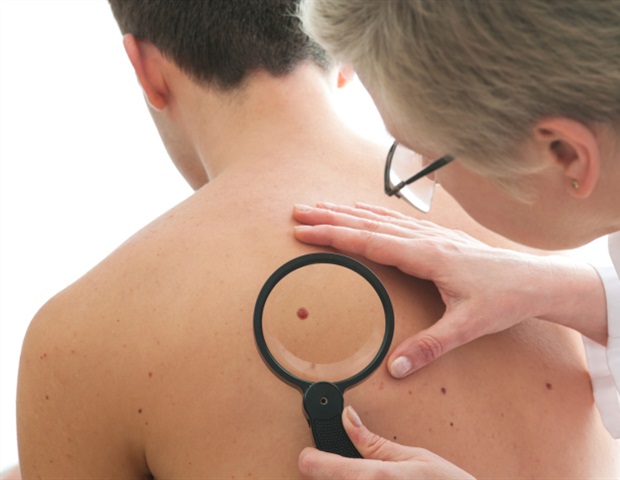Headline: Elderly Face Rising Threat of Cutaneous Malignant Melanoma
Cutaneous Malignant Melanoma Incidence Among the Elderly: An Increasing Concern
A recent study has unveiled alarming trends in the incidence of cutaneous malignant melanoma (CMM) among the elderly in the United States, raising significant concerns for public health and prevention strategies. From 1987 to 2016, a notable surge in CMM diagnoses was observed, particularly among individuals aged 85 and above. The findings serve as a clarion call for increased awareness and proactive measures to combat this deadly skin cancer that is increasingly affecting older generations.
Background: Understanding Cutaneous Malignant Melanoma
Cutaneous malignant melanoma is one of the most aggressive forms of skin cancer, characterized by the uncontrolled growth of pigment-producing cells. It poses serious health risks, especially for the elderly population, as it has been associated with higher fatality rates among this age group. According to the latest findings published in the journal Cancer Screening and Prevention, the study aims to illuminate the trends in CMM incidence among those aged 65 and older in the U.S., analyzing data from 1989 to 2008.
Methodology: An In-Depth Analysis
The research utilized data from the Surveillance, Epidemiology, and End Results (SEER) database, encompassing a substantial cohort of 56,997 elderly patients diagnosed with CMM. With a predominant male representation (64.4%), the study calculated age-adjusted standardized population incidence rates, revealing a profound increase over the decades. Advanced statistical tools, specifically Joinpoint software, facilitated the estimation of annual percent changes in CMM incidence, painting a comprehensive picture of this malignant trend.
Key Findings: A Disturbing Rise in Incidence Rates
The results indicate a staggering 2.8-fold increase in CMM incidence from 1987-1991 to 2012-2016, with an age-adjusted rate of 0.99 per 1,000 individuals. This rise is not merely a statistic; it signifies the urgent need for more robust screening and preventive efforts targeting older adults. The data reveals stark disparities in incidence rates by age, with males aged 85 and above exhibiting the highest recorded rate of 1.53 per 1,000, compared to 0.59 per 1,000 for females in the same age group. The study’s authors highlighted that these trends reflect compounding birth cohort effects, demonstrating that successive generations are facing elevated risks.
The Implications: Urgent Call for Action
Experts warn that these findings underscore the pressing need for increased awareness and proactive measures in the prevention and early detection of CMM in the elderly. Dr. R. Du, the lead author of the study, noted, “The significant rise in melanoma incidence among the elderly is indicative of the changing skin cancer landscape, demanding immediate attention from healthcare professionals.”
Healthcare providers are urged to implement better screening protocols and community education programs that focus on the risks associated with CMM in the older population. This could include promoting regular skin checks and educating patients about the importance of recognizing the early signs of skin cancer.
Engaging the Community: What Can Be Done?
To help combat the escalating rates of CMM, community involvement and engagement are crucial. Families, caregivers, and health advocates can play a pivotal role in educating older adults about sun safety, encouraging regular dermatological visits, and fostering an environment where discussing skin changes is normalized.
Furthermore, researching and applying technology-driven solutions for monitoring skin health, like mobile apps that remind users to check their skin regularly, could significantly aid in early detection. Innovations can bridge the gap between awareness and action, making it easier for the elderly to take preventive steps.
For readers interested in diving deeper into the specifics of this alarming trend, additional resources can be accessed from authoritative sources like the American Cancer Society and the National Institutes of Health.
As the conversation on CMM incidence trends continues, it invites public input and shared experiences. What are your thoughts on these findings? Are you aware of any initiatives in your community aimed at addressing this pressing public health issue? Share your thoughts and experiences in the comments below, and let’s broaden the discussion on how we can protect our elderly from the rising threat of skin cancer.
Internal Links:
- Understanding Skin Cancer: Types and Risks
- How to Protect Your Skin During Summer
External Links:
By fostering a proactive conversation about cutaneous malignant melanoma, together, we can pave the way for a safer future for our aging population.


